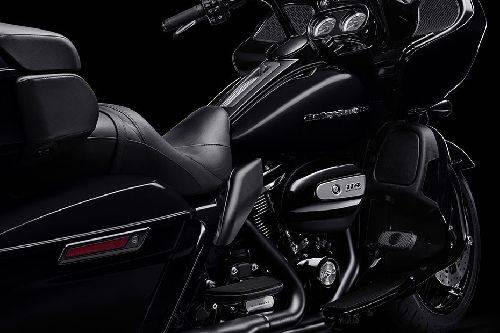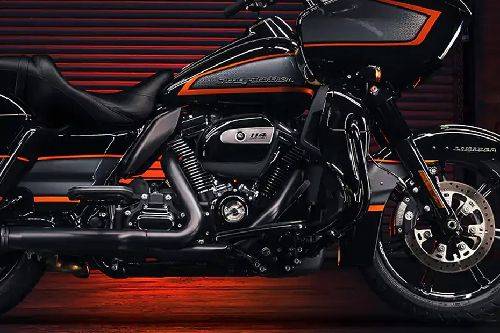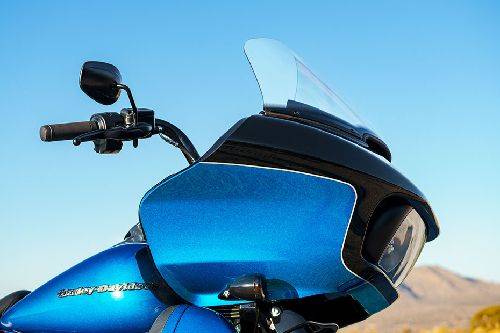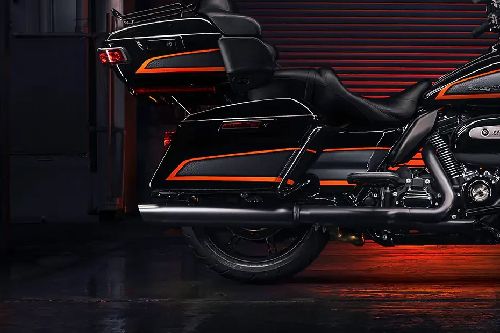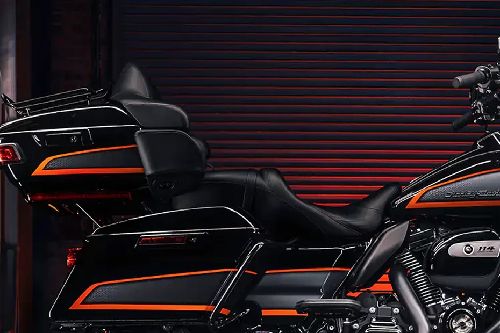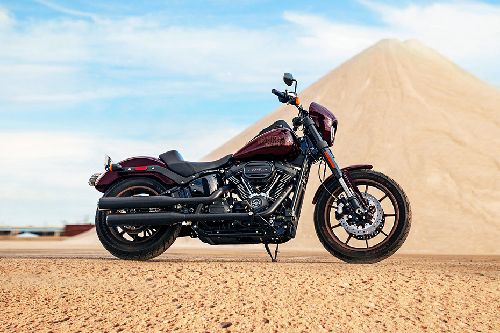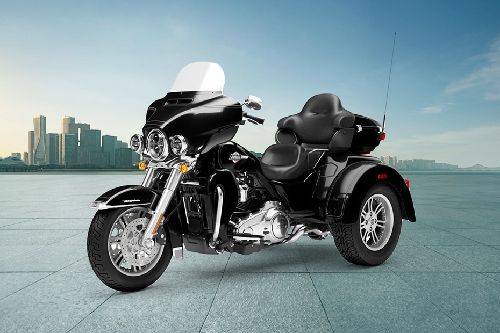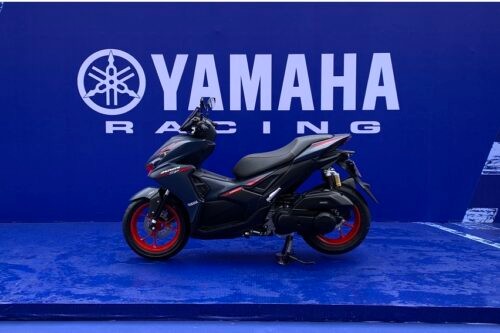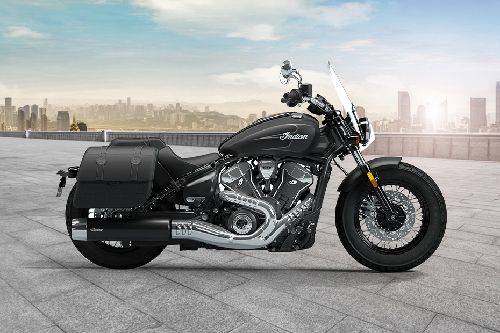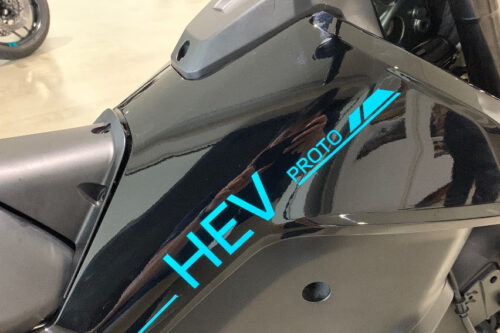Harley-Davidson applies patent for Autonomous Emergency Braking

MANILA: According to new sources, Harley-Davidson (HD) has applied for a patent application for the Autonomous Emergency Braking (AEB) system for its motorcycles. This system is a safety feature that continuously scans for slow cars or other vehicles ahead, and if they suddenly slow down or even stop, it automatically applies the brakes.

This kind of system is already installed on some of the top end cars of Volvos, Ford, Nissan, and Subaru. The AEB system makes use of various cameras, sensors, and RADAR or LIDAR to scan the road ahead for any potential hazards. The data received from these scanners is then processed by a control unit. Then if this control unit determines that the car is going to crash, it automatically applies the brakes if the driver has not reacted on time.
While it may seem like a good idea, in reality there are risks involved with installing such an autonomous system in a motorcycle. Imagine a system that can apply the brakes by itself without your knowledge. You may suddenly lose your balance and crash the bike, or even worse, be thrown of it.

But Harley-Davidson is well aware of these risks, and has included a number of sensors. Some of these sensors help determine if the rider is paying attention on the road and ready to respond to emergency braking. The filed patent also includes grip as well as seat sensors installed in the bike. It may possibly have cognitive sensors in the instrument panel and even one in helmet to track the rider’s eye movement as well as attention.

Only when these sensors determine the rider is alert, the AEB is activated. If supposedly the rider is not alert, various indicators will be triggered to warn the rider. It will mostly be in the form of warning lights on the display, mirrors, audio cues or even vibration alerts from the seat or handlebars. The system might also apply the brakes in pulses, just enough to alert rider to feel the change in speed. In a rare case, if the rider doesn’t respond, the system will take over and attempt to slow down the motorcycle.
The AEB system is also designed to assist the rider if they have already responded to that potential danger. It does that by applying additional brake pressure, if the one applied by the biker isn't enough. The system is so amazing, as it also takes into account the possibility that it is safer sometimes to avoid rather than slow down. It is also described in the patent how the braking system can be overridden if the sensors determine the driver has decided to avoid the obstacle.

All said and done, the Harley-Davidson patent does not indicate which model gets the new AEB system nor any specific timeline for its release. But it is a very good indication that HD is at least working on the innovation and safety of the rider. Harley-Davidson will most likely install it on the more expensive models like the Road Glide or CVO Limited, before they have it across the range.
-
Explore Harley-Davidson Road Glide
Harley-Davidson Motorcycle Models
Trending & Fresh Updates
- Latest
- Popular
You might also be interested in
- News
- Featured Stories
Harley-Davidson Featured Motorcycles
- Popular
Compare & Recommended

|
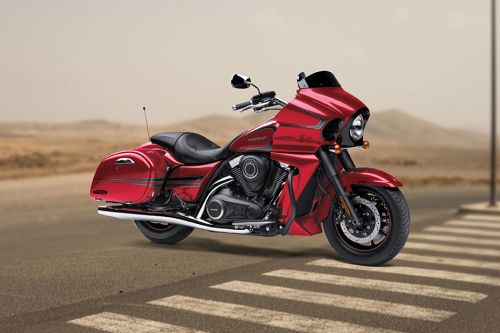
|
|
Engine
1868
|
1700
|
|
Bore X Stroke
102 mm x 114 mm
|
102 mm x 104 mm
|
|
Maximum Torque
166 Nm
|
136 Nm
|
|
Engine Type
Milwaukee-Eight
|
V-Twin, 4-Stroke, Liquid-Cooled SHOC Engine
|
|
Seat Height
690 mm
|
728 mm
|
|
ABS
Yes
|
Yes
|
|
Pass Switch
Yes
|
Yes
|
|
Power
-
|
73.41
|
|
|
Trending Touring
- Latest
- Popular
Harley-Davidson Road Glide Motorcycle Articles From Carmudi
- journal
- advice
- insurance


